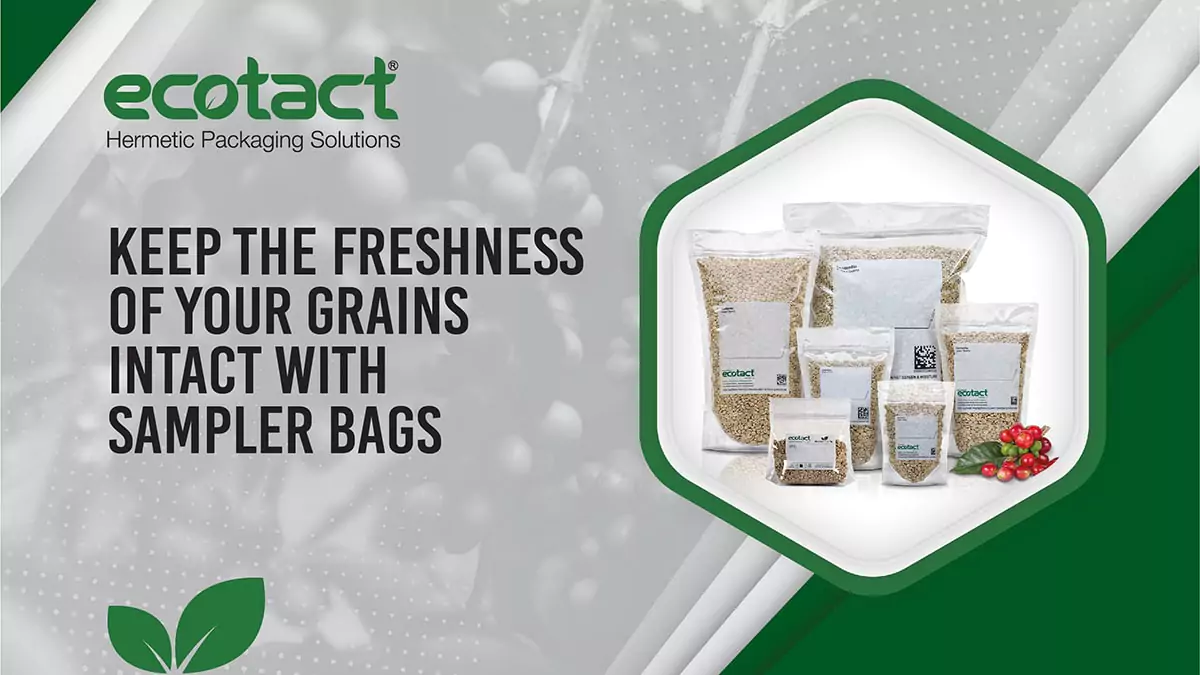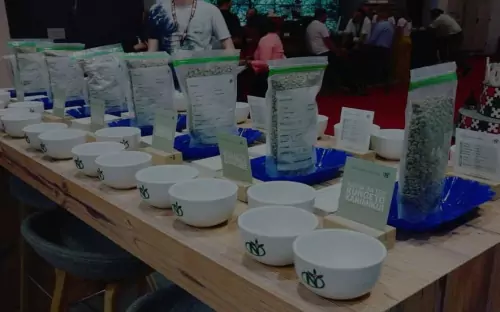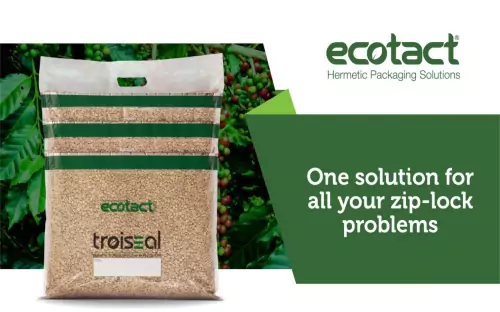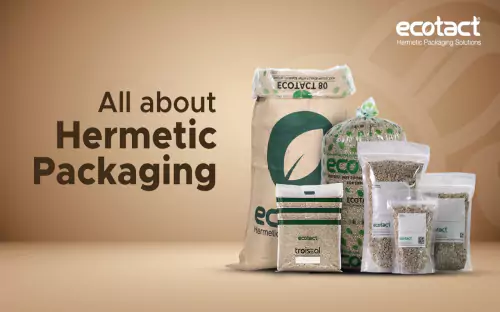First impressions can often define a relationship. As a coffee bean producer,special care in sample preparation is a must if you want to gain a client, customer, and then a partner. The sample has to be a kind of presentation card for your organisation. As a green coffee bean producer, when you send a sample to a potential buyer, you would ideally be sending a small lot compressed in a 200 grams, 500 grams or 1 kg sample package. It is advisable that producers should provide as much transparency and information as possible along with their sample, as the sample alone can only go so far in accurately representing a lot – and the potential buyer is aware of this. Cultivar type, altitude, processing steps, tools, country of origin and growth conditions are all details a buyer will need to make an informed decision.To top it all, the buyer also takes a note of the packaging and storing of the sample.This type of precision and accuracy can challenge even knowledgeable and experienced specialty coffee producers.
As a green coffee buyer, you’ll know that samples allow you to discover the qualities of a certain coffee batch, so you can assess whether or not it will meet your portfolio requirements. While,as a producer, you’ll know that samples could make – or break – your sale. The sampling process is important, but can be tricky and sensitive. Many factors can determine whether a sample accurately represents a coffee batch. What is most importantly critical here is whether it has reached your buyer at its original freshness or not.
Green coffee beans are a fresh product that’s sensitive to storage, handling, and time. It will require multiple checks to manage the changes that occur along the journey. As a roaster, sampling helps you monitor these changes for an accurate impression of the coffee beans. It’s a crucial step in the trade process and at the crux of transactions. As a producer it is a task to maintain the freshness and originality of the grains so that it is able to impress the potential buyer(in this case a roaster).
Despite this, best practices do exist that can improve your confidence in a sample, confirm that you’ve made a good buying decision, and foster trust with your buyer or producer. Here’s how both parties can improve their sampling efforts so that everyone benefits.
protected at all times. The bags are highly resistant towards oil and soluble substances and completely hydrocarbon free.There is no need to use pesticide or insecticide as it ensures no mold growth is allowed. It can tolerate heat and temperature between (-30 ° C to 90° C). The Ecotact hermetically packed sampler bags for packaging are made out of 9 layers which are transparent so that one can see the contents of the packaging without opening the seal.Besides, these are designed to be recyclable and eco-friendly and reusable
Green coffee bean samples are essential for roasters, allowing you to make informed and mindful purchasing decisions. By knowing the quality and profile of a coffee lot, you can decide whether it belongs to your menu and how much you believe it's worth.
The first thing a roaster will do is a physical analysis. He grades green coffee by following export standards, analyzing the moisture content and the water activity reading, as well as putting the beans under a black light to look for defects. They usually also carefully check for damage from bugs, insects, and poor processing of the beans.
Thus, as a producer even though you are sure of the quality of the bean you have produced, you are unsure of what state it will reach your potential customer.With Ecotact multilayered hermetic sampler bags for packaging can now insure your produce and be completely stress free regarding maintaining the freshness of your grains intact.
This will improve your customer experience and enhance your brand name thereby increasing your buyers and buyers satisfaction.
 English
English
 Spanish
Spanish French
French


